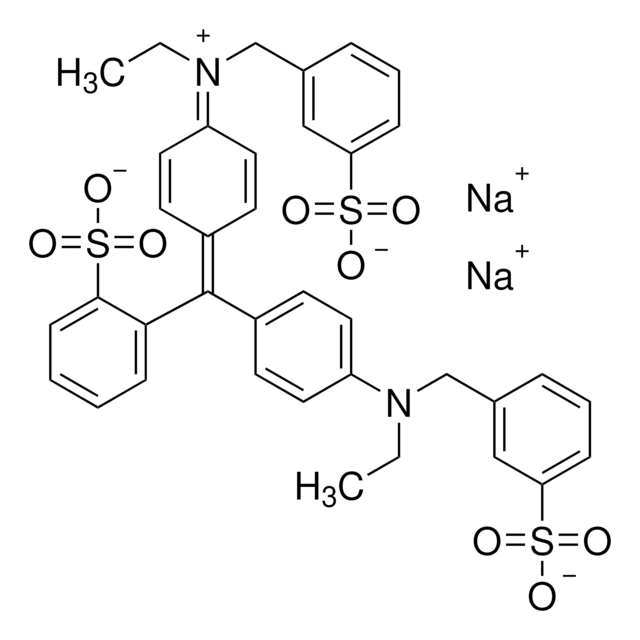13440
Sodium hypochlorite solution
6-14% active chlorine basis
Synonym(s):
Antiformin, Hypochlorous acid, sodium salt, Sodium chloride oxide (NaClO), Sodium hypochloride, Sodium oxychloride
About This Item
Recommended Products
shelf life
limited
reaction suitability
reagent type: oxidant
concentration
6-14% (active chlorine)
storage temp.
2-8°C
SMILES string
[Na+].[O-]Cl
InChI
1S/ClO.Na/c1-2;/q-1;+1
InChI key
SUKJFIGYRHOWBL-UHFFFAOYSA-N
Looking for similar products? Visit Product Comparison Guide
Related Categories
Caution
A gradual, substance-specific content reduction, especially at higher temperatures must be expected.
Signal Word
Danger
Hazard Statements
Precautionary Statements
Hazard Classifications
Aquatic Acute 1 - Aquatic Chronic 2 - Eye Dam. 1 - Met. Corr. 1 - Skin Corr. 1
Supplementary Hazards
Storage Class Code
8B - Non-combustible corrosive hazardous materials
WGK
WGK 2
Flash Point(F)
Not applicable
Flash Point(C)
Not applicable
Regulatory Listings
Regulatory Listings are mainly provided for chemical products. Only limited information can be provided here for non-chemical products. No entry means none of the components are listed. It is the user’s obligation to ensure the safe and legal use of the product.
JAN Code
13440-BULK-R:
13440-6X500ML-R:
13440-VAR-R:
13440-500ML-R:
Certificates of Analysis (COA)
Search for Certificates of Analysis (COA) by entering the products Lot/Batch Number. Lot and Batch Numbers can be found on a product’s label following the words ‘Lot’ or ‘Batch’.
Already Own This Product?
Find documentation for the products that you have recently purchased in the Document Library.
Our team of scientists has experience in all areas of research including Life Science, Material Science, Chemical Synthesis, Chromatography, Analytical and many others.
Contact Technical Service








